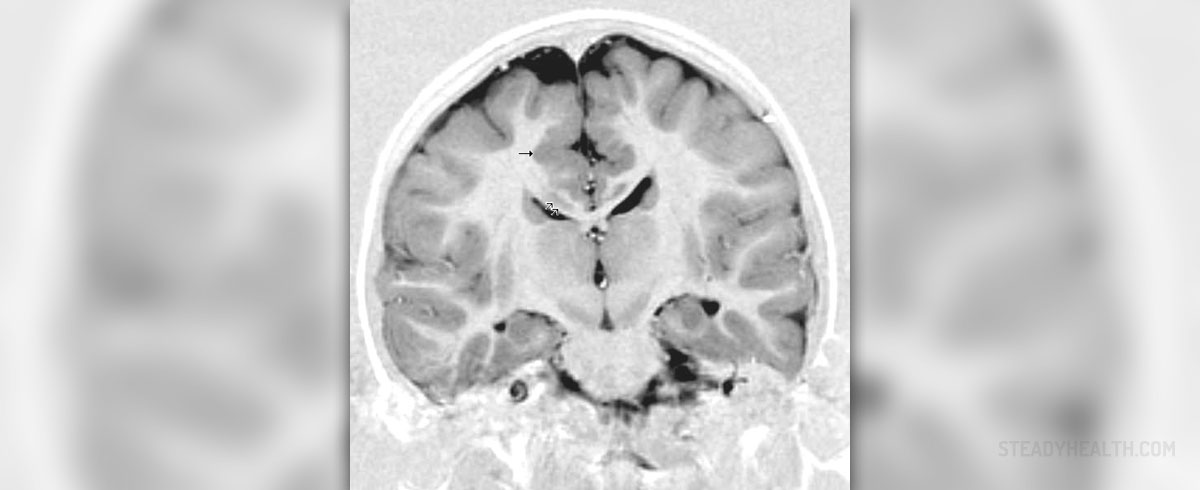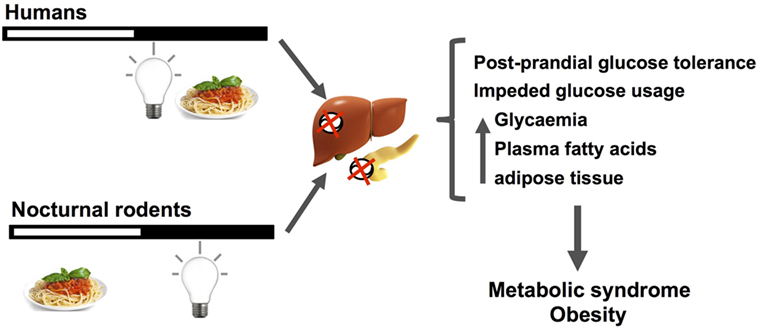
On the basis of the EEGs’ abnormalities and the favorable response to therapy, authors interpreted these episodes as epileptic manifestations, despite the fact that EEG recordings of two abortive attacks failed to correlate with any paroxysmal or other abnormal electrical activity. Four of these patients demonstrated epileptiform abnormalities in their electroencephalograms (EEGs). The episodes ceased after phenytoin or carbamazepine treatment. In 1977, Pedley and Guilleminault described an unusual type of sleepwalking in six patients all experienced episodes characterized by screaming, vocalization, complex automatisms and ambulation. For selected drug-resistant SHE patients, epilepsy surgery is the only treatment offering high probability of recovery, both for seizures and for epilepsy-related sleep alterations. Finally, recent studies suggest a poor prognosis in a high percentage of SHE patients with a 20.4% cumulative probability of achieving terminal remission at 10 years from onset. SHE may also exert a negative effect on health-related quality of life, especially in domains pertaining to a patient’s role in the family, social context and patient’s illness experience.ĭespite a good response to pharmacological treatment, especially with carbamazepine, 30% of SHE patients suffer from drug-resistant seizures. Intellectual disabilities and psychiatric disorders have also been reported in some genetic forms. Moreover, recent studies, adopting a systematic neuropsychological assessment, have shown deficits in memory, executive functions and visuo-spatial abilities in almost half of SHE patients. In fact, seizure frequency can be very high, resulting in nocturnal sleep fragmentation with possible diurnal consequences such as excessive sleepiness and fatigue. Although SHE and autosomal-dominant SHE (ADSHE) have been considered benign epileptic conditions for a long time, emerging data have shed light on the severity of this disorder and some peculiar features can impact negatively on the quality of life of SHE patients. SHE fulfills the definition of rare disease with an estimated minimum prevalence of 1.8/100,000 individuals, and it represents about 10% of drug-resistant surgical cases.

Knowing the type of epilepsy and trigger can help you build in ways to avoid the triggers whenever possible or find ways to lessen their effect on you.Sleep-related hypermotor epilepsy (SHE), previously called nocturnal frontal lobe epilepsy (NFLE), is a focal epilepsy characterized by asymmetric tonic/dystonic posturing and/or complex hyperkinetic seizures occurring mostly during sleep.

But when you look at your sleep patterns, you didn’t have seizures all the other times you were sleep deprived. For example, you note that you were sleep deprived before 2 out of 3 seizures in the past 3 months.Once you notice a situation or event is happening pretty consistently before seizures, you need to find out if it also happens at other times.Note if any of the commonly reported triggers were present. Whenever you have a seizure, note what time of day it occurs, any special situations surrounding it, or how you felt.To identify triggers, try a few of these strategies: It’s important to realize that a trigger is something that occurs fairly consistently before seizures and more often than by chance. Great question and a common one too! Sometimes people think just because a situation happened once or twice, it’s a trigger to all their seizures.


 0 kommentar(er)
0 kommentar(er)
